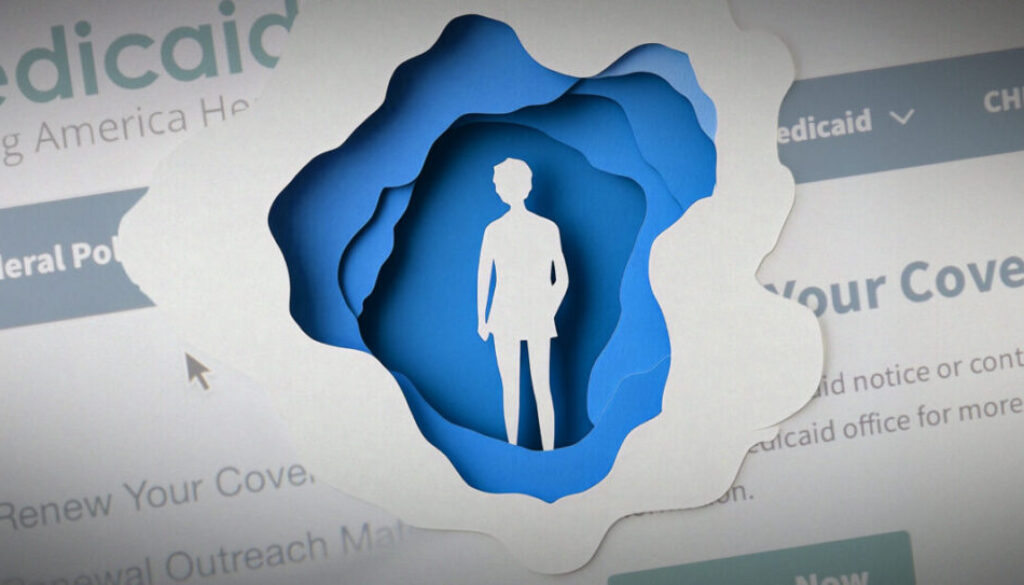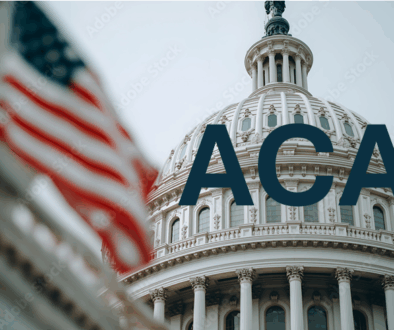Medicaid cuts mean ‘children have no place to hide’

Congress is considering $800 billion in federal spending cuts over the next decade, and much of those cuts are expected to come from changes to Medicaid.
With two in five children nationwide – including more than half of all children and youth with special health care needs – depending on Medicaid to obtain care, children will especially be hurt by cuts in federal Medicaid spending.
The Congressional Budget Office, in an analysis released this week, projected millions of people would lose health insurance coverage under various Republican options to cut Medicaid spending.
The extent to which children could be impacted by proposed federal Medicaid cuts was discussed in a recent Manatt Health webinar.
Cindy Mann, partner with Manatt Health, gave some background on the Congressional proposal. Congress adopted a reconciliation budget in April, directing the House to draft legislative proposals to cut $800 billion in federal spending over the next 10 years. Although the Senate has not targeted deep Medicaid cuts, the final reconciliation bill will include extending tax cuts that were part of the Tax Cuts and Jobs Act of 2017, which will expire at the end of this year. This puts pressure on Congress to agree to large spending cuts to reduce the extent to which the tax cuts increase the federal deficit.
Although the targeted cut in federal spending does not specify that those cuts will come from Medicaid, the spending cuts fall under the supervision of the House Energy and Commerce Committee, whose jurisdiction is overwhelming Medicaid, Mann said.
The proposed $800 billion in cuts “is a massive amount of dollars, even for the Medicaid program,” Mann said. “It’s the equivalent of three-quarters of federal and state spending on children in the Medicaid program.”
Legislation impacting Medicaid hasn’t been drafted yet, she said, but pre-legislative proposals include:
- Imposing caps on federal Medicaid funding.
- Eliminating enhanced federal funding states receive to cover adults under the Medicaid expansion in the Affordable Care Act.
- Mandating work reporting requirements.
“Our most important message is this: A lot of Congressional members say children will be protected. But it’s really about the math. You take this much money away, and there’s no place for children to hide,” Mann said.
She explained that although proposed Medicaid cuts are not explicitly aimed at children, anything that would deeply cut Medicaid and make changes to parents’ eligibility will put children’s coverage, and their health and well-being, at risk.
Medicaid is the single largest source of federal revenue for states. If faced with deep cuts, states will have to either fill the gap with state-only dollars or make difficult decisions that affect coverage and care for enrollees. Given the breadth of the proposed cuts and the outsized role Medicaid plays for children, it will be impossible for states to shield children from harm, Mann said.
Medicaid is largest insurer of children
Jennifer Eder, director with Manatt Health, said Medicaid is the single largest insurer of children and youth in the U.S., covering
- 42% of all children and youth.
- 41% of all births.
- 77% of all children and youth living in poverty.
- 99% of children and youth living in foster care.
- 37% of all children diagnosed with cancer.
- 44% of all children and youth with special health care needs.
Children with complex medical needs make up about 6% of all Medicaid enrollees, but they account for 40% of Medicaid pediatric expenditures, she said.
Federal spending cuts will impact children
Deep cuts in federal Medicaid spending will impact children, said Kinda Serafi, partner with Manatt Health.
Access to care may be impeded significantly if states reduce provider rates or increase prior authorization requirements for pediatric services. The number of uninsured or underinsured children could increase if states reduce income eligibility levels or make it more difficult to enroll or renew coverage. Reducing Medicaid funding could deeply cut resources for behavioral health treatment and school-based services. Home-based and community-based services for children with special health needs could be reduced or eliminated.
Without health coverage, children are less likely to have annual check-ups and access to preventive care, Serafi said. Lack of coverage also means worse health outcomes for newborns. Parents who lose coverage are more likely to skip care or incur medical debt, leading to poorer parental health and greater family instability.
© Entire contents copyright 2025 by InsuranceNewsNet.com Inc. All rights reserved. No part of this article may be reprinted without the expressed written consent from InsuranceNewsNet.com.
The post Medicaid cuts mean ‘children have no place to hide’ appeared first on Insurance News | InsuranceNewsNet.





